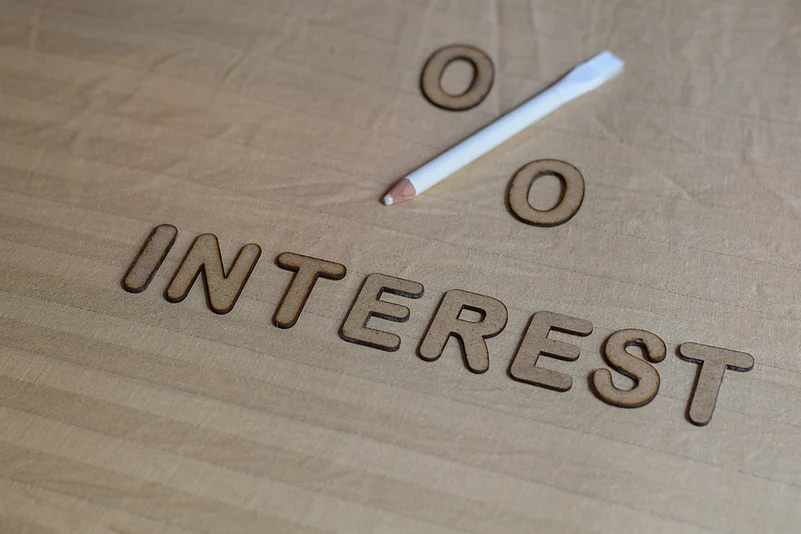The most important decision after getting a loan is whether to opt for a fixed or floating interest rate. Both will determine the amount repaid over the tenure of the loan and, thus, influence financial planning. Knowing how they work and what their implications are can help one make the right choice.
Fixed Interest Rates
The fixed interest rate doesn't change throughout the tenure of the loan. This will give stability because your Equated Monthly Installment (EMI) is not going to be influenced by any market fluctuations. Predictability makes it a great option for those borrowers who like to know what they are going to be paying every month.
For instance, if you take a home loan of Rs 20 lakh at an 8 per cent fixed rate for 10 years, your EMI will continue to remain at Rs 24,272 a month, and no matter whether the market rate will go as high as 9 per cent or drop down to 7 per cent.
But this stability will cost you extra-high initial rates compared to floating rates. Moreover, you are never able to take advantage of market declines which could turn your loan a costlier affair in future.
Floating Interest Rates
Floating interest rates, on the other hand, are market-linked. They are benchmarked either to the Reserve Bank of India's (RBI) repo rate or the Marginal Cost of Funds-based Lending Rate (MCLR), which means your EMI fluctuates with time as their benchmark rates change.
For example, if you take a floating rate of 7.5 per cent for 10 years on Rs 20 lakh, then your EMI would be Rs 23,752. If it goes down to 7 per cent, then EMI comes down to Rs 23,222. If it goes up to 8 per cent, then EMI increases to Rs 24,336.
Although fixed rates are steeper in the very first instances, uncertainty at which the floating rate floats can often leave financial plans in the dark, and especially in extreme cases of interest rates jump.
The decision between fixed and floating rates
Stability vs. Risk: The fixed rate offers constant EMIs thereby excellent if you need stability while the floating rates are more rewarding if the market is thought to fall or in such situations where you can bear the fluctuation of payments.
Market Conditions: In a rising rate scenario, fixed rates insulate you from higher EMIs. If rates fall or are stable, you might save money with floating rates.
Loan Tenure: For short-tenure loans, floating rates may save because the market may not have changed much in a short period. Fixed rates give comfort for long-term loans and predictability.
Your Financial Position: If you are in need of a fixed budget and can't afford much rise in EMIs, you will need to opt for fixed interest rates. Floating interest rates are recommended if you can take incidental increases in your payment.
Hybrid Options
Hybrid loans have the choice of stability and flexibility simultaneously. The loan type has an initial period, say 5 years, at which the rate is fixed and then floating. This way, they can experience predictable payments early on but retain the longer-term possibility of saving.
It is important to understand that there is a difference between a fixed and floating interest rate when borrowing. A fixed rate gives predictability, and peace of mind at times, while a floating rate provides flexibility and potential savings. Therefore, evaluate your situation, market trends, and risk appetite before choosing the best option.
Ultimately, the right choice will help manage the loan effectively while being in line with financial goals.











